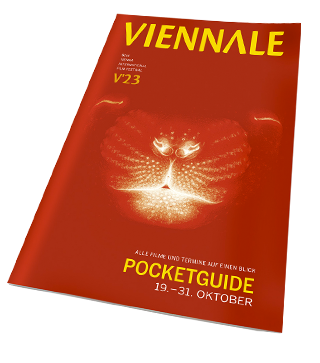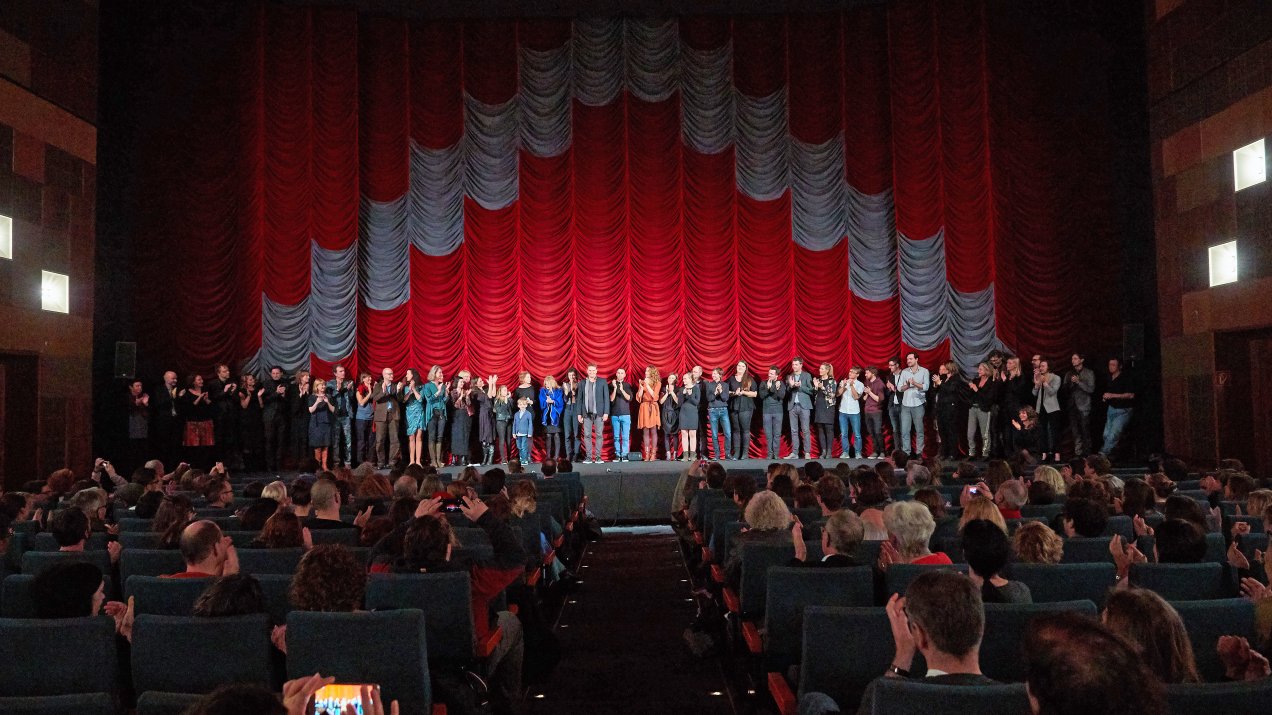The Viennale 2017 comes to a successful close today with the gala screening of the film LA VILLA by Robert Guédiguian. Despite fewer screenings this year, the total number of 91,700 visitors (as compared to 92,300 in 2016) has remained almost the same. The percentage of seats sold increased slightly to 82.6%. A bit more than a third of the screenings at the Viennale 2017 were sold out.
“Of course, I’m really happy about the absolute numbers and increased utilization, but what’s even more important to me is the audience’s enthusiastic response to the program. I’m convinced that this enthusiasm will have a positive effect on the next cinematic year,” says Franz Schwartz, the interim artistic director of the Viennale.
Among this year’s special programs the homage to Hans Hurch was a huge success. The program Napoli! Napoli!, devoted to new Neapolitan cinema, also clearly succeeded our expectations.
Highlights of this year’s festival included, in addition to the great premieres at Gartenbaukino of a series of new Austrian films, the opening film LUCKY, shown in the presence of director John Carroll Lynch, who, following the screening, also captivated the audience at a discussion in the Viennale festival center. As expected, the visit of the Austrian Hollywood star Christoph Waltz on the occasion of a tribute dedicated to him at the Viennale triggered enormous interest among the media and the public. In addition, the appearance of the iconic British actress Vanessa Redgrave and the great French actor and director Mathieu Amalric were real festival highlights.
The new Viennale Festival Center at Kunsthalle Wien im Museumsquartier proved to be a success among visitors. It absolutely won over the audiences, both as a place for in-depth talks and discussions as well as a location for concerts and parties.
Organized in collaboration with the Filmmuseum, the great retrospective UTOPIA AND CORRECTION: Soviet Cinema, 1926–1940 and 1956–1977, showing until November 30, will have an estimated total of 3,600 visitors.

